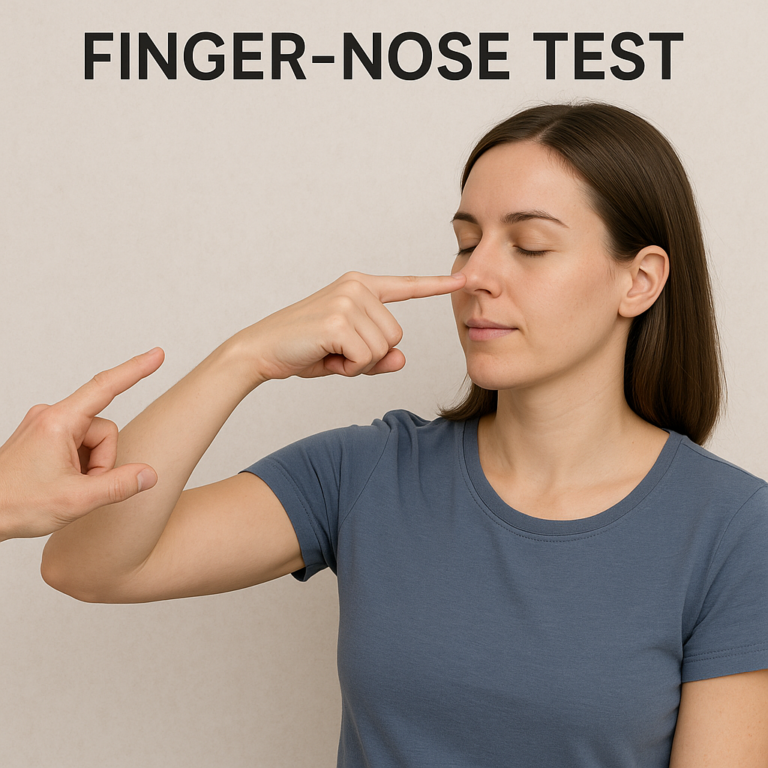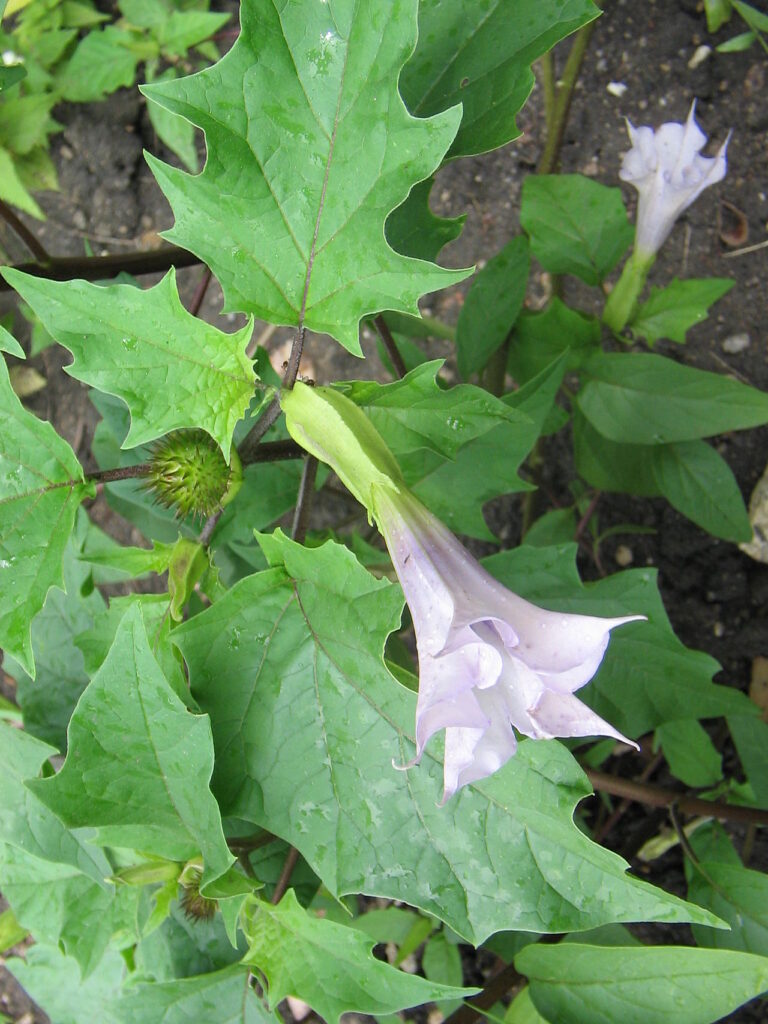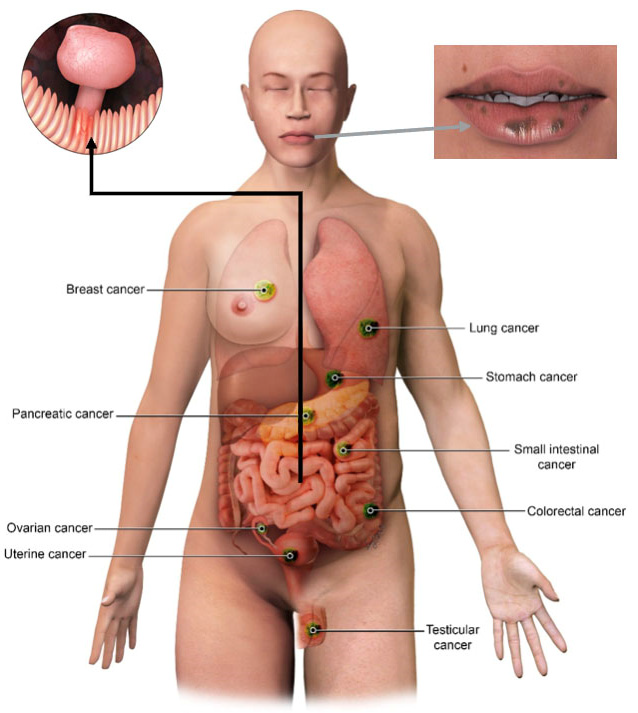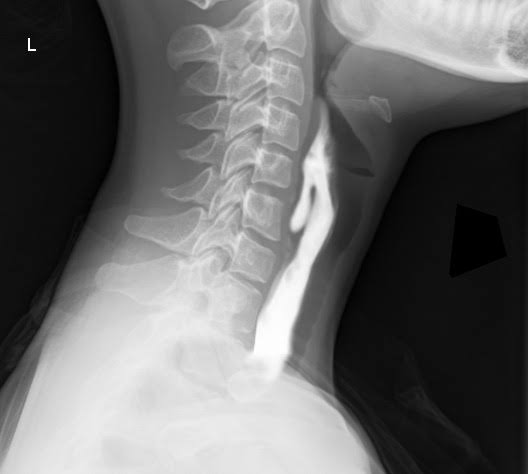Bardet-Biedl Syndrome
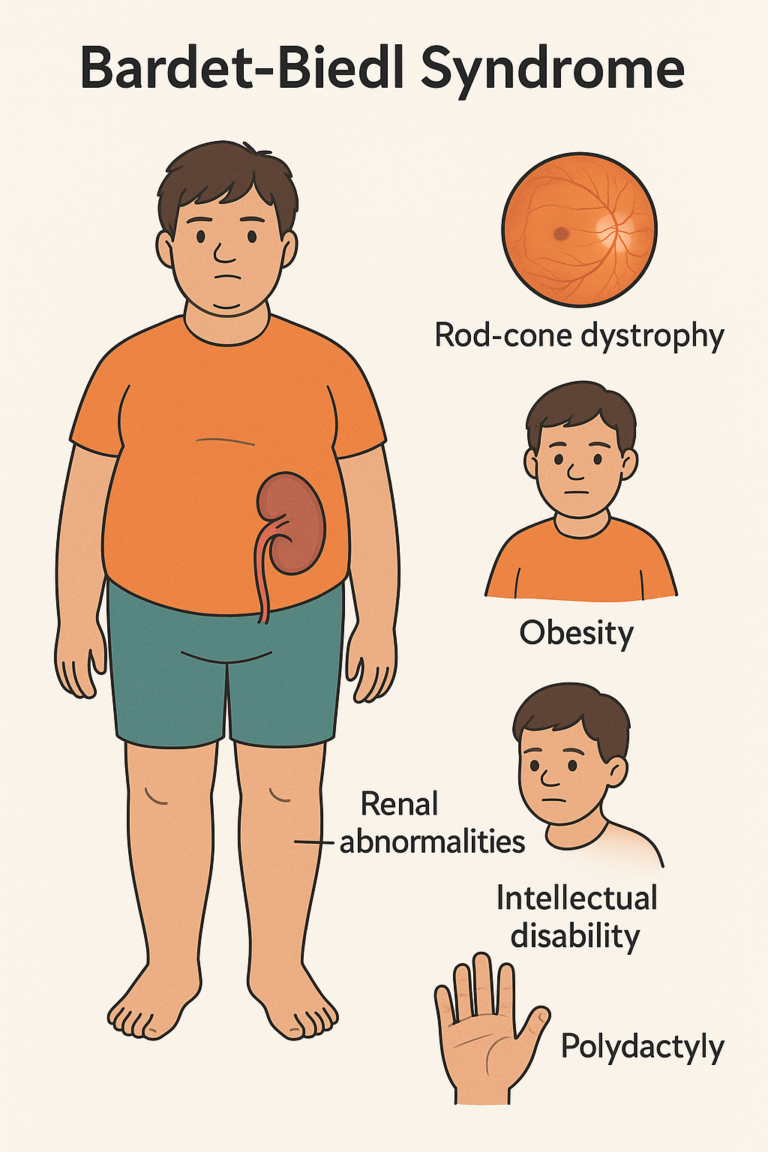
Introduction Bardet-Biedl Syndrome (BBS) is a rare, genetically heterogeneous disorder characterized by a constellation of features affecting multiple organ systems. It is primarily inherited in an autosomal recessive pattern and classified as a ciliopathy, due to defective function of primary…

